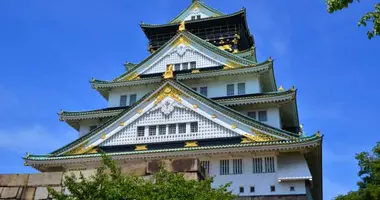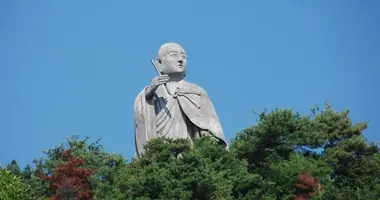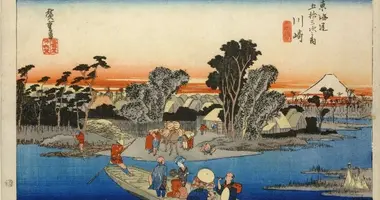Katō Kiyomasa, the fierce general and castle-builder of Japan's Azuchi-Momoyama period
- Published on : 26/06/2024
- by : Japan Experience
- Youtube
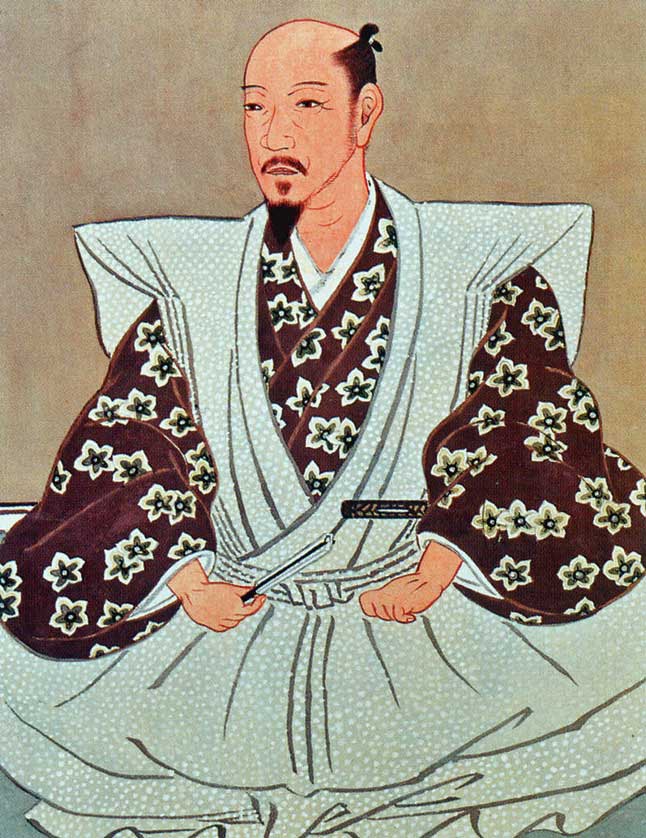
Katō Kiyomasa was one of the most trusted generals of Toyotomi Hideyoshi, his distant cousin, during Japan's turbulent Azuchi-Momoyama period in the late 16th century. Kiyomasa earned a fearsome reputation as a warrior fiercely dedicated to the arts of war. He was also renowned for his skills as a castle designer, leaving an indelible mark with fortresses like Kumamoto Castle. Kiyomasa played a major role in Hideyoshi's military campaigns to unify Japan as well as his later invasions of Korea.
From humble beginnings to becoming one of the "Seven Spears of Shizugatake"
Born in 1562 in what is now Nakamura-ku, Nagoya to a blacksmith father, the young Kiyomasa entered into the service of Toyotomi Hideyoshi at age 15 as a lowly soldier. He quickly distinguished himself in battle, fighting for Hideyoshi in the Battle of Yamazaki in 1582 against Akechi Mitsuhide and at the pivotal Battle of Shizugatake in 1583 against Hideyoshi's rival Shibata Katsuie. His exploits at Shizugatake saw him named as one of the "Seven Spears", Hideyoshi's most valued commanders. In recognition, Hideyoshi granted Kiyomasa lordship over part of Higo Province in 1587, including Kumamoto Castle.
Key military campaigns under Hideyoshi's command
- Battle of Yamazaki (1582) against Akechi Mitsuhide
- Battle of Shizugatake (1583) against Shibata Katsuie
- Rewarded with Kumamoto Castle and part of Higo Province in 1587
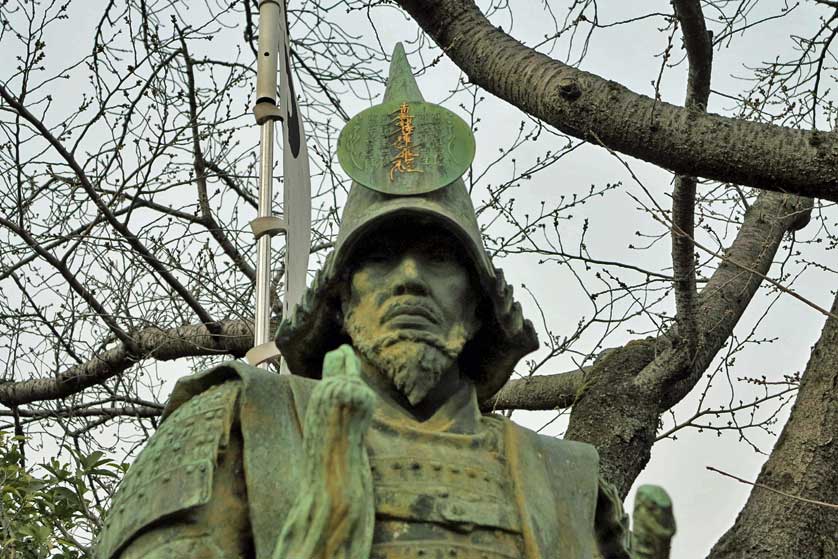
Statue of Kato Kiyomasa at Myogyo-ji Temple, Nagoya
Kiyomasa's role in Hideyoshi's campaigns against Korea (1592-1598)
In the 1590s, Hideyoshi launched invasions of Korea with the ultimate aim of conquering Ming China, appointing Kiyomasa as one of the three senior commanders of a 100,000-strong force. Kiyomasa played a major role in these brutal campaigns in Korea, capturing Seoul and Busan. He oversaw the construction of several strategic Japanese-style fortresses like Ulsan Castle. At the Siege of Ulsan in 1598, he famously held off a far larger Chinese-Korean force of 60,000 with just 10,000 men. His exploits in Korea saw him feared as "Devil Kiyomasa" by the Koreans, a name he earned through acts like ordering the bellies of pregnant Christian women to be cut open and their fetuses decapitated.
Renowned castle designer
Beyond his military prowess, Kiyomasa was also accomplished as a designer and builder of castles. Most famously, he completely reconstructed Kumamoto Castle into the mighty fortress that still stands today. He also contributed to the construction of Nagoya Castle for Tokugawa Ieyasu. Kiyomasa's expertise can be seen in the strategic designs and innovative defensive features of these castles that made them nearly impregnable.
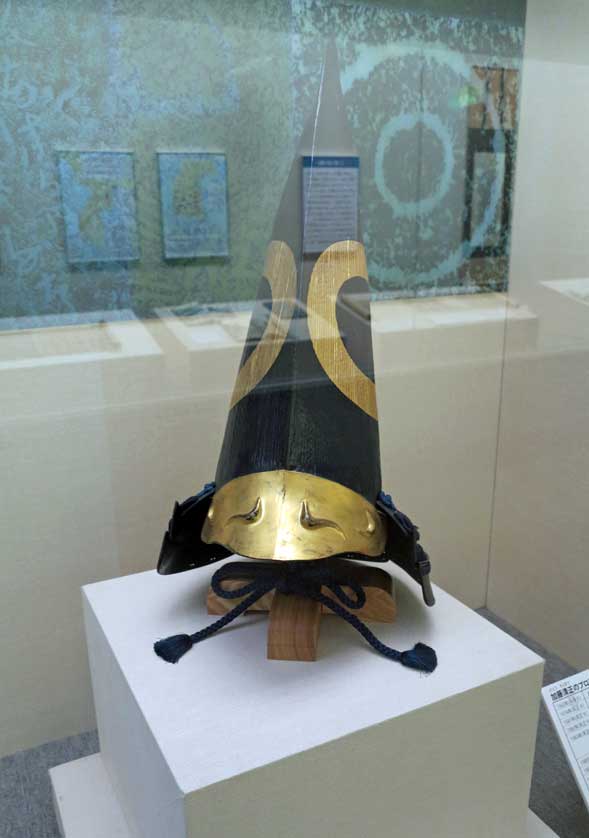
Kato Kiyomasa's battle helmet, Hideyoshi and Kiyomasa Memorial Museum, Nakamura Koen, Nagoya
Kiyomasa The Man - personality, beliefs and conflicts
A zealous follower of Nichiren Buddhism, Kiyomasa despised Christianity and brutally suppressed the religion in his domain. He clashed bitterly with some fellow generals like Konishi Yukinaga, a Christian who ruled neighboring lands in Higo, and Ishida Mitsunari, a rival he saw as a meddling bureaucrat. Kiyomasa was a hardened military man who forbid any arts or pleasures he saw as softening, like poetry, focusing single-mindedly on martial pursuits. He believed a warrior's duty was simply to "grasp the sword and die".
Role after Hideyoshi's death
Following Hideyoshi's death in 1598, Kiyomasa found himself navigating the rivalry between Tokugawa Ieyasu and Hideyoshi's son Toyotomi Hideyori. While he kept his forces in Kyushu and did not fight at the Battle of Sekigahara, he tried to mediate between Ieyasu and Hideyori. Kiyomasa eventually gained the whole of Higo Province for his support of Tokugawa.
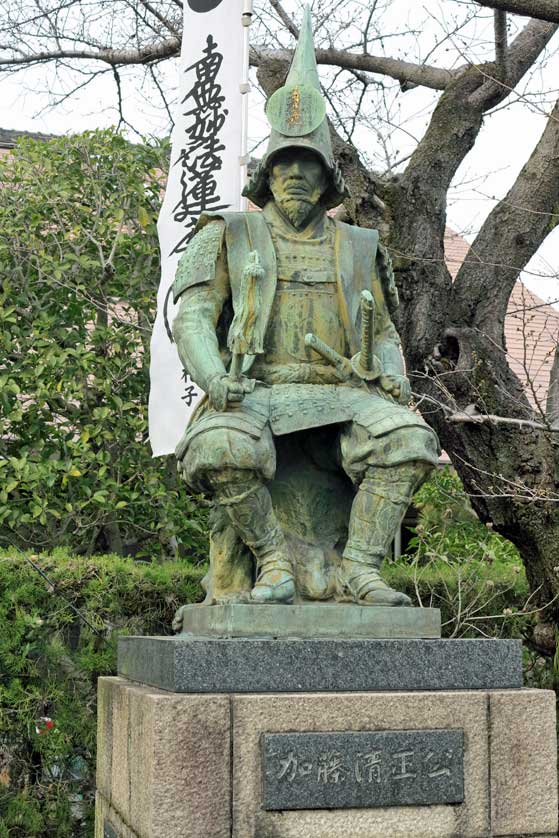
Statue of Kato Kiyomasa at Myogyo-ji Temple, Nagoya
Death, burial and legacy
In 1611, after falling ill on his way home from a meeting to reconcile Ieyasu and Hideyori, Kiyomasa died in Kumamoto at age 49, with some suspecting he was poisoned. He was buried at Honmyō-ji temple in Kumamoto, with additional graves in Tokyo and Yamagata Prefecture. Personal effects of both Hideyoshi and Kiyomasa are displayed at the Hideyoshi and Kiyomasa Memorial Museum in Nagoya. While his Kumamoto stronghold passed to the Hosokawa clan after his death, Katō Kiyomasa's legacy as a fierce warrior and master castle-builder lives on in Japanese history. In Kumamoto, he is still affectionately known as "Seishokou-san".
